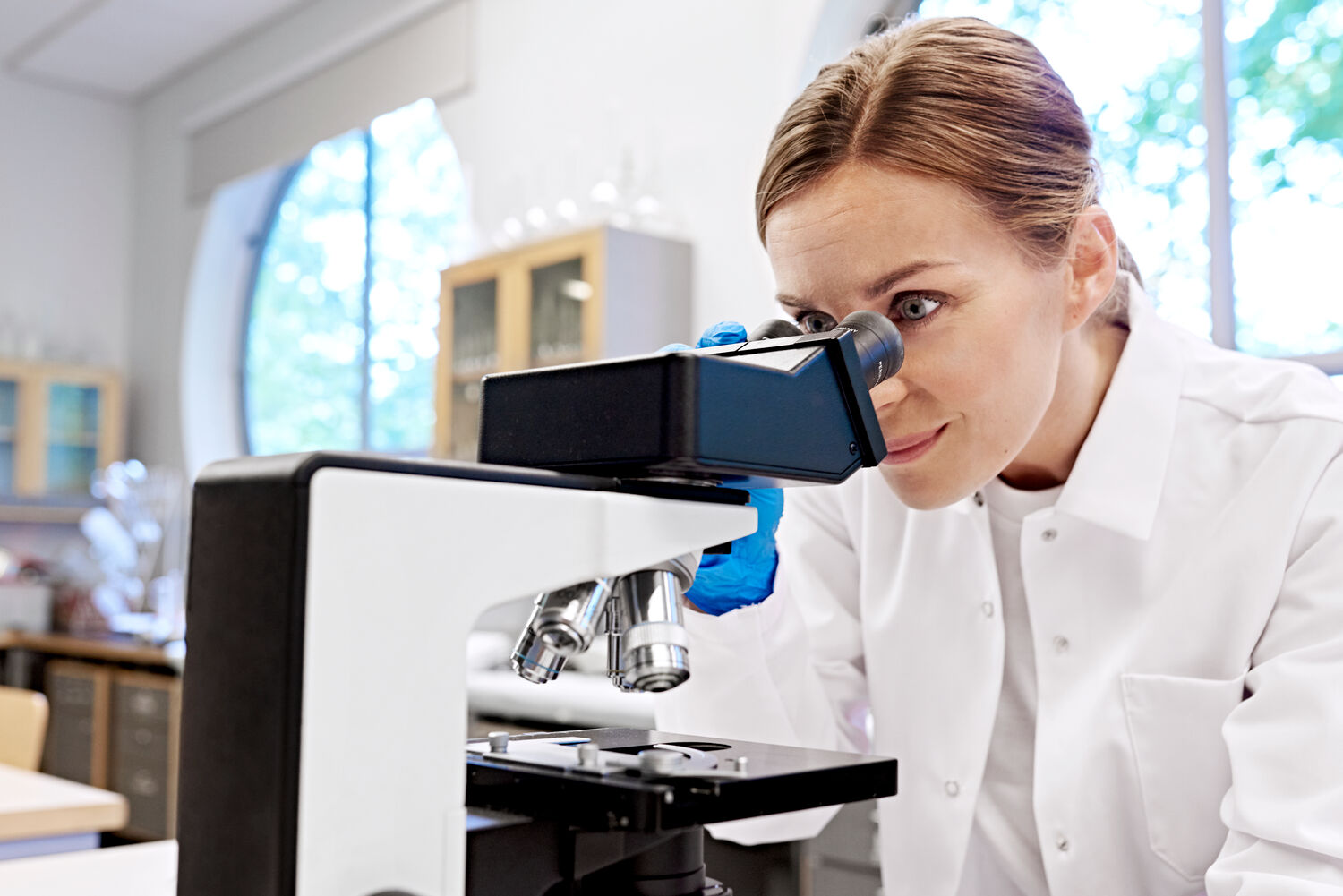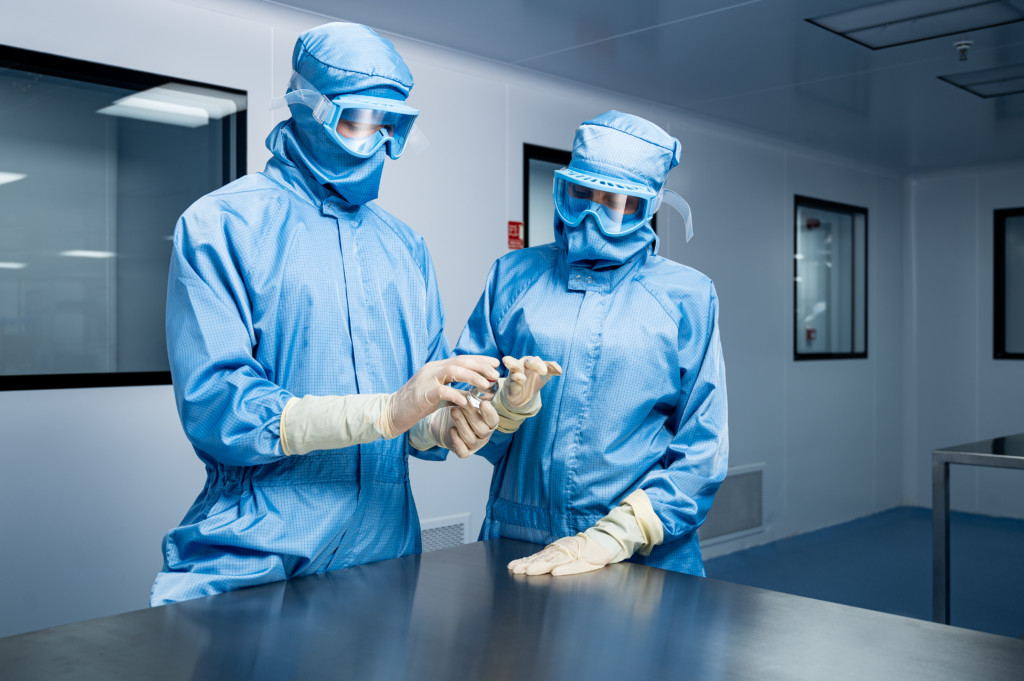
Pharma goes Back to Basics with Annex 1
The revised EU GMP Annex 1 puts contamination control and people’s actions centre stage in pharmaceutical manufacturing, says Ivy Louis. This is how the document impacts garment management.
A shortage in any industry can trigger disruptions, but in the pharmaceutical sector, its ramifications can be catastrophic. In the year 2022, a whopping 46% of new drug shortages were due to quality issues and manufacturing delays.
“Fundamentally, what ails the industry is the frame of possibility of failure modes,” says Ivy Louis from Vienni Training & Consulting LLP, speaking at Lindström’s Pharma Tribe meetup in Helsinki.

Contamination control is one of the key factors in maintaining quality and preventing disruptions. The primary source of contaminants are in fact the people. Therefore, the garments and how people wear them are critical in protecting products from contamination.
“All that comes from the impact of many systems, one such being the garment management system. If I as an individual am able to prevent contamination getting into the process or the area, the chances of the contamination getting into the product are that much lower.”
The garments’ role in contamination control takes centre stage also in the new EU GMP Annex 1 that came into effect this autumn. At its core, the revised document takes the pharmaceutical industry back to basics, Louis argues.
“It means asking how one can prevent contamination.”
Ivy Louis, Founder President, Vienni Training & Consulting LLP
Rethinking contamination control strategy with Annex 1
Annex 1 focuses on contamination control and the steps to minimize the risk of contamination from microbial, particle, and endotoxin/pyrogen sources. Typically, these steps are assessed and monitored individually, but now their effectiveness ought to be considered together.
“The contamination control strategy, CCS, is not just one aspect, but a combination of many,” Louis says. “The industry could be doing many things individually. However, this requirement of Annex 1 is bringing them together and looking at contamination control strategies. That’s the key.”
The holistic approach means that the focus is not only on how to prevent possible contamination. Rather, look for better understanding of where the contamination originated. For example, how the particles had the opportunity to reach the vicinity of the final product.
“You need to know where grime comes from and where it can reach because the most contaminant-loaded activity in the pharmaceutical area is the person.”
Ivy Louis, Founder Director, Vienni Training & Consulting LLP.
Louis emphasizes that the contamination control strategy should be “a living document”. It should not just serve as a one-off paper that is written and then forgotten. Continuous assessment and revision ensure that changes like personnel turnover and fluctuations in the number of individuals within the manufacturing area are considered in the processes.
A holistic view on garment management
While Annex 1 addresses all aspects of cleanroom operations, the heightened emphasis on contamination control highlights the importance of garment and laundry management.
The document states that the clothing and its quality should be appropriate for the process and the grade of the working area. Additionally, the garment should be inspected and worn correctly to protect the product from contamination.
“It’s therefore important for us to know what kind of areas allow for what kind of activities,” Louis says.
The document imposes changes also on laundry methods and facilities. Clothing used in the cleanroom should be cleaned in a laundry facility that is adequately segregated from the production area, using a qualified process.
“Laundry management activities are a priority compared to the gowning activity itself,” Louis states.
In the context of garments and laundry, the approach is again holistic. Considering only individual stages of providing appropriate workwear to personnel is not enough. The entire garment management process, from design to the disposal of worn apparel should be taken into account.The Annex 1 states that all processes should be evaluated and determined as part of the garment qualification programme. The programme should also include a maximum number of laundry and sterilization cycles.
Focus on core competencies
The holistic and systematic approach, encouraged by both legislation and the industry’s need to maintain the highest standards of safety and quality of medicine, opens new opportunities for pharma’s partners.
Louis believes the changes will drive industry players to focus more on their core competencies. Outsourcing parts of the process, such as garment management, enables the manufacturers to focus on the areas of their true expertise.
In the ideal situation, cleanroom personnel will simply pick the suitable garment off the shelf and wear it – correctly, of course.
“The responsibilities are shifting,” Louis says. “The team in the pharmaceutical industry is focusing on what they ought to be doing. They are not going to be looking at laundry management; they are looking at their pharmaceutical dosage form management. This is where the core competencies come in.”
With over 30 years of experience in the industry, Ivy Louis is the Founder of Vienni Training & Consulting LLP and a member of the Parenteral Drug Association (PDA) and the Society for Sterility Assurance Professionals (SfSAP). She holds a Master’s degree in Pharmaceutical Sciences and an MBA in Human Resource Management.




